Designing and Testing a Cardo Systems Motorcycle Intercom
I’m finally getting caught up from my visit the EICMA and the Cardo Systems R&D Center tour and back into the normal webBikeWorld routine.
It was a wonderful trip and EICMA is an amazing event. It was also a lot of work; unfortunately without much time for sightseeing or relaxation!
The purpose of my Cardo visit was to give our readers a look at how a motorcycle communications system is designed and developed, and that is the subject of this article.
By the way, I’ll also have more information on the incredible new Cardo Scala Rider G9 (First Look)system, which will be described in several upcoming articles, including a full webBikeWorld.com review.
The G9 release date is starting to acquire a sharper focus; the system will be released around March 15, 2012, give or take a couple of weeks either way. We’ll know more after the first of the year.
During my visit, the Cardo staff answered the questions sent by webBikeWorld Cardo G4 owners, so another article will be forthcoming on that topic and it will also include HBC’s follow-up on the G4 system.
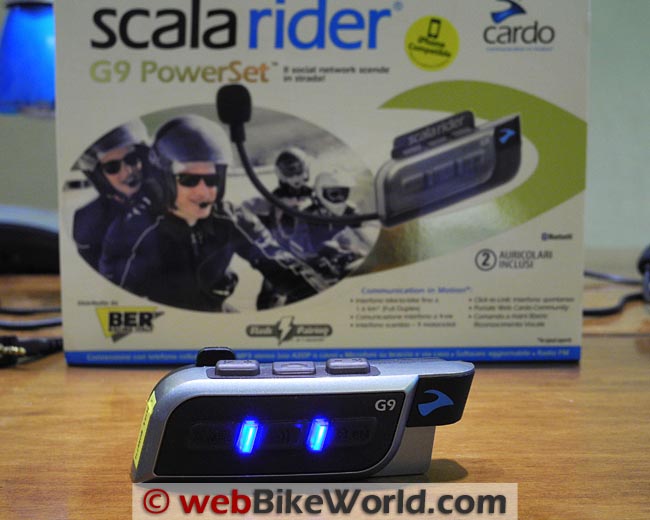
Where to Buy Making a Cardo Systems Intercom
Check Reviews & Prices on Amazon Check Reviews & Prices On RevZillaSee More: Motorcycle Intercom, Motorcycle Accessories, Motorcycle Helmets
The Cardo Systems R&D Center
Cardo Systems is headquartered in Pittsburgh, Pennsylvania in the U.S.A. and the popular Scala Rider intercoms and communications systems are sold in over 60 countries around the world.
The Cardo Systems Research and Development offices are located in Tel Aviv, Israel. Why Tel Aviv?
There are several reasons, actually. The city is home to many corporate R&D centers, especially in the high-tech manufacturing sector. Newsweek magazine called Tel Aviv “one of the top 10 most technologically influential cities in the world” and it’s also home to many venture-capital firms, scientific research institutes and high-tech companies, according to reports.
And there is Tel Aviv University; highly regarded around the world as a center for physics, computer science, chemistry and linguistics, which surely provides just the type of skilled workforce necessary to design, develop, test and market a leading-edge electronics product around the world.
The Cardo Systems intercoms and communications devices aren’t manufactured in Israel, but the systems are developed, designed and tested in the Tel Aviv office and supplier development and supply chain logistics are managed here also. International marketing is managed from Tel Aviv, while marketing in the U.S.A. is managed through the Pittsburgh headquarters.
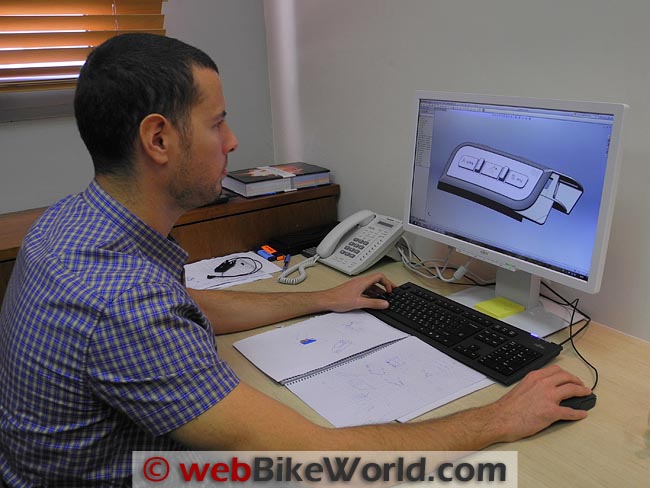
How a Motorcycle Intercom System Comes to Life
Dr. Avi Glezerman, the CEO of Cardo Systems, took me on a tour through the Cardo offices to learn about the process and to see what it takes to develop a modern motorcycle communications system.
I’ll have to admit, designing, testing, marketing, selling and supporting a product as complex and high-tech as a Bluetooth intercom system is much more involved than I imagined. I probably missed or forgot more than I learned about the process because there are just so many different aspects that must be addressed!
It all starts with an idea, of course; a high-level concept that is sketched out as the “wish list” of features and functions to be included. These include “must have” features like rider-to-passenger communications, rider-to-rider communications over a specific distance, connections with a cell phone or GPS receiver and more.
Other features may be suggested during the initial planning stages, but for each feature that is added, the pros and cons have to be carefully weighed. This involves everything from considerations about how it would be implemented to make it both useful and “user friendly” to how a particular feature might affect the other functions on the device.
Since an intercom is an active communications device with radio frequencies, care must be taken with each component to it does not affect the operation and performance of the electronics; issues like heat, interference, adherence to the various communication rules and protocols of the 60+ countries in which the intercom will be sold are all factored in to the equation.
At this stage, even the supply chain and logistics must be considered — where will the parts be sourced, who will do the work, what are the order quantities and, yes, how much will it cost?
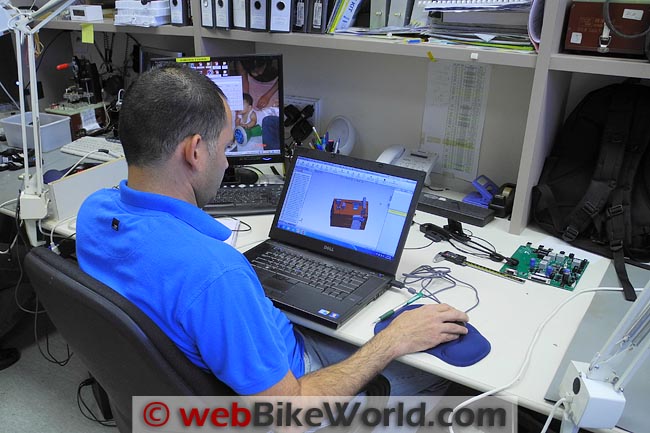
Building and Testing
Eventually, the plan comes together, but everything has to fit into a specific dimensional package, with restrictions on size, weight and mounting taken into consideration. And don’t forget looks — an intercom has to look modern, sleek, high-tech and stylish, all while having an easy-to-use functionality that won’t frustrate a motorcycle rider wearing winter gloves!
Cardo designs the systems using a three-dimensional CAD (Computer Aided Design) software system, which layers all of the internal parts and wiring inside the stylized intercom module body familiar to motorcyclists as the Q2, G4, G9 and others.
While the physical design is taking shape, prototype parts are developed; circuit boards are programmed; wiring diagrams are laid out and thousands of lines of software code are written. Marketing, sales and support strategies are developed, but first, a huge amount of testing is required.
The intercom systems are tested both in the lab and on the road. Cardo designs and develops its own software and hardware automated testing systems, which can put an intercom through what would amount to years of use by an owner, but in a very short time. The software monitors the inputs and outputs to the electronics while it works every combination of button pushing and sequencing possible.
Hardware is also tested to destruction, in environmental chambers that control temperature, humidity and pressures and machines press buttons and rub microphones and speakers to find the materials that will last the longest.
Cardo has a fleet of scooters and motorcycles and thousands of kilometers of on-road testing is also conducted in different countries using a variety of systems and combinations.
So let’s take a quick photographic tour through the Cardo Systems R&D offices, which includes a short video to illustrate some of the processes.
Note that this is an R&D center and not a manufacturing facility, so there are no molding machines, pick-and-place circuit board assembly robots, paint booths or other moving novelties to see. But, I think you’ll get the idea!
Where to Buy Making a Cardo Systems Intercom
Check Reviews & Prices on Amazon Check Reviews & Prices On RevZillaSee More: Motorcycle Intercom, Motorcycle Accessories, Motorcycle Helmets
A Photographic Tour of the Cardo Systems R&D Offices
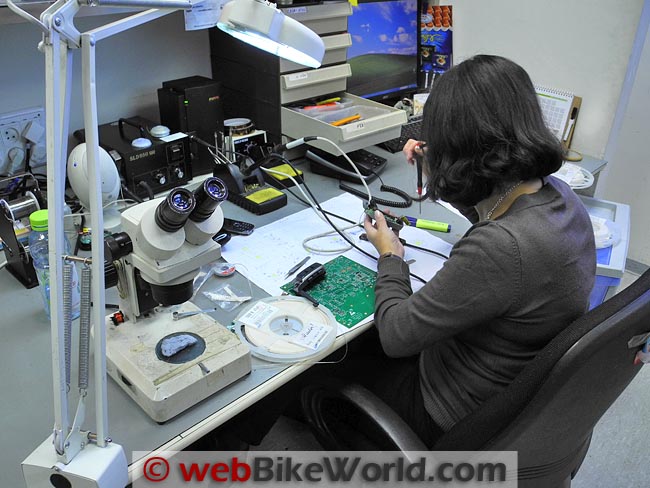
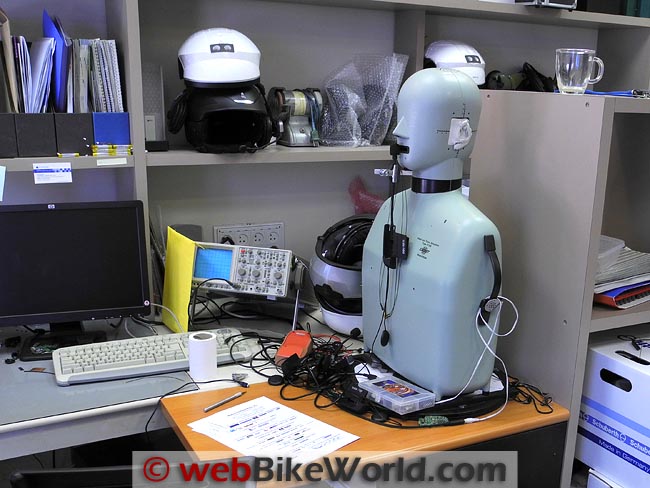
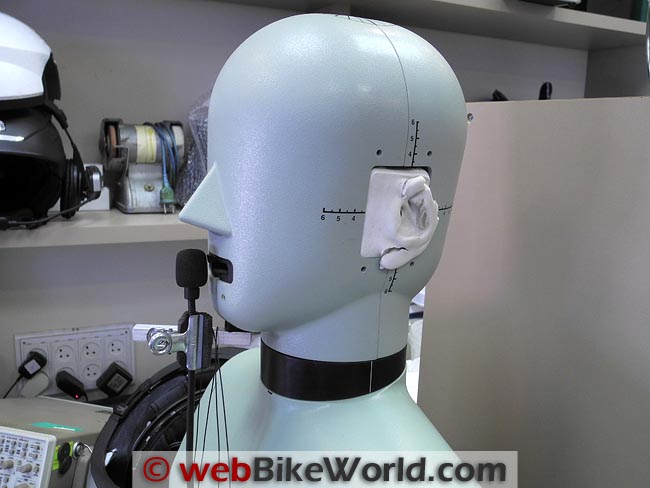
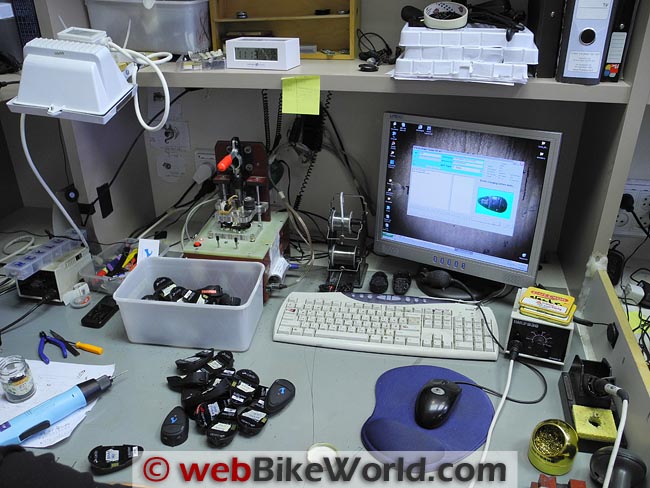
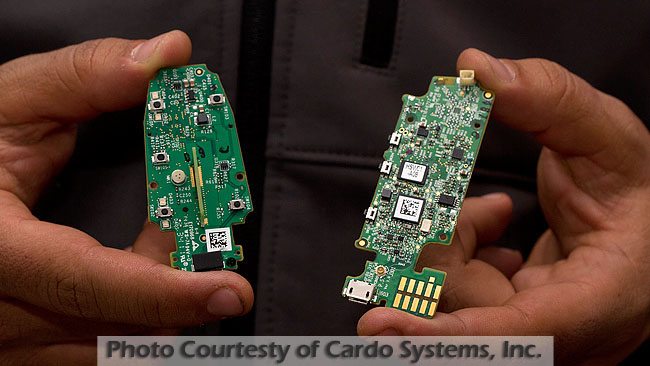
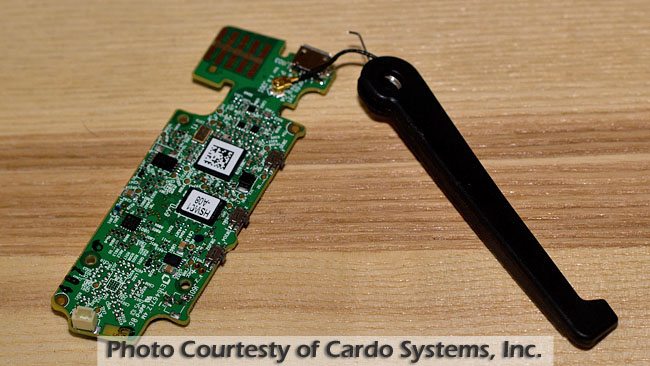
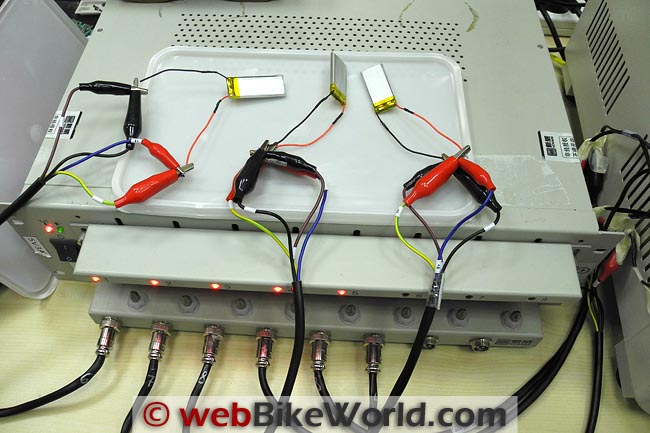
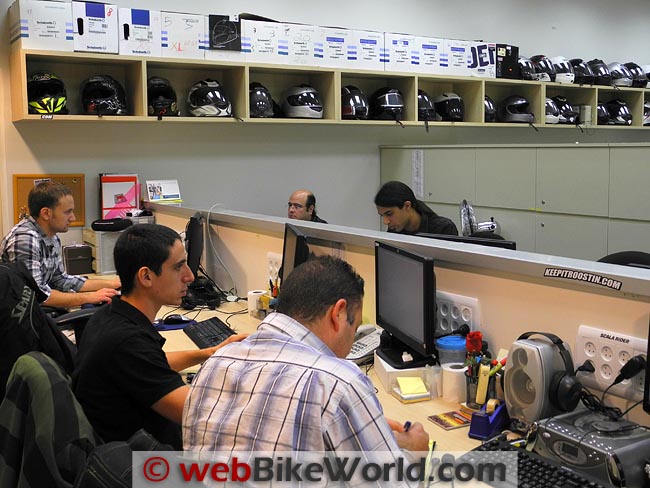
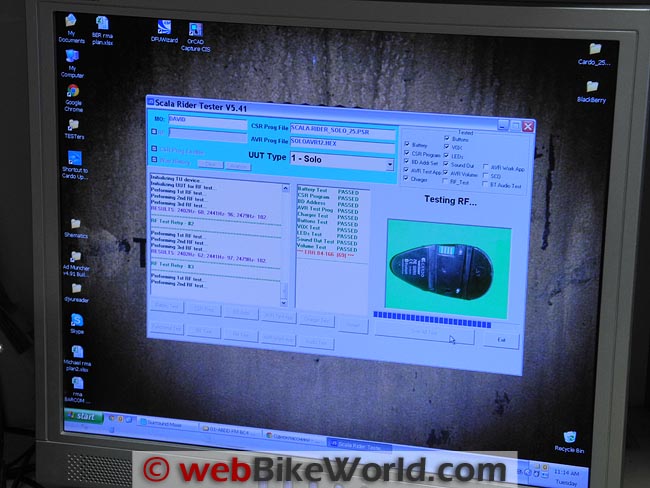
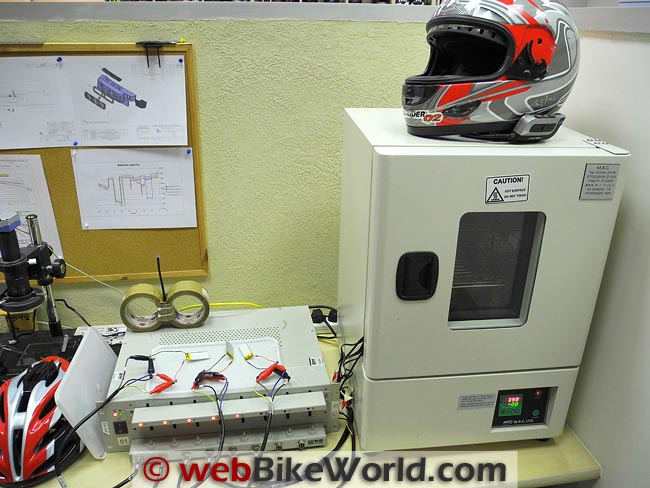
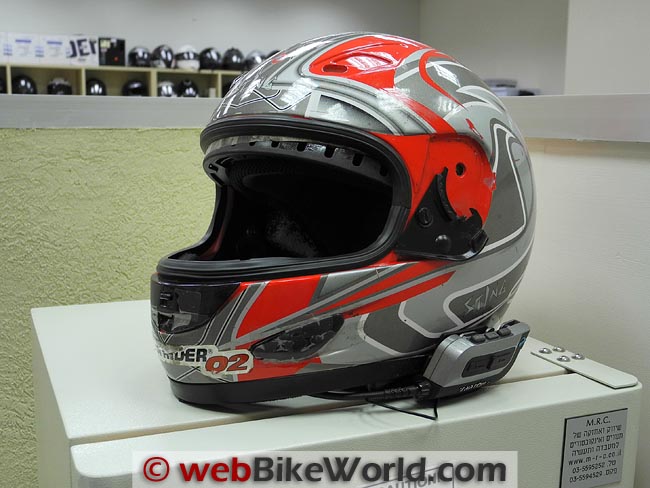
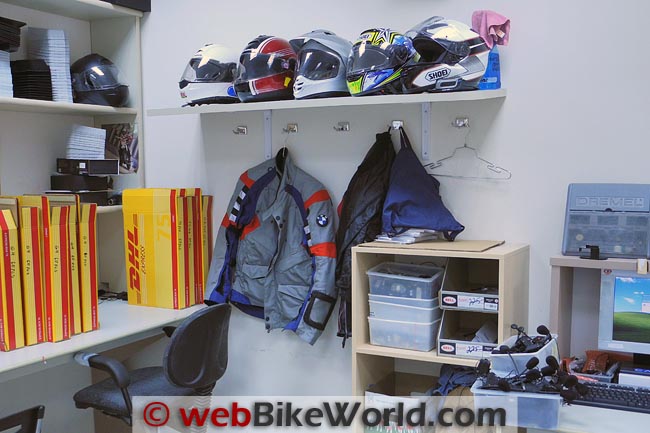
More: Cardo Scala Rider G9 First Look
Publication Date: December 8, 2011
Where to Buy Making a Cardo Systems Intercom
Check Reviews & Prices on Amazon Check Reviews & Prices On RevZillaSee More: Motorcycle Intercom, Motorcycle Accessories, Motorcycle Helmets
Owner Comments and Feedback
See details on submitting comments.



No Comment